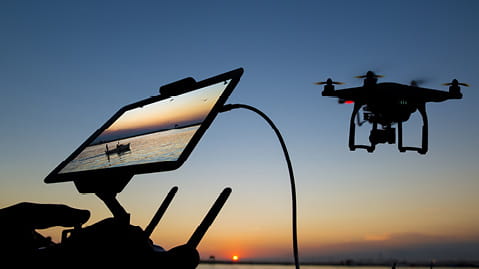
Interface
2024年6月3日
Urban air mobility is taking off
Timo Stellpflug looks at the UAM market and the evolving legal framework in the EU and Germany.
1 / 6 观点

Interface
2024年6月3日
The UK's Automated Vehicles Act – a green light for self-driving vehicles in the UK
Nick Harrison looks at the UK's current AV regime and how that will change as provisions of the new AV Act are brought into force.
2 / 6 观点

Interface
2024年6月3日
Non-personal vehicle data: new prospects for using and sharing?
Sharif Ibrahim looks at incoming EU laws relating to non-personal data and at the impact on the automotive and mobility industry.
3 / 6 观点

Interface
2024年6月3日
Autonomous driving and data protection – what do vehicle manufacturers need to know?
Thomas Kahl and Dajin Lie look at processing personal data in connection with automated and autonomous vehicles.
4 / 6 观点

Interface
2024年6月3日
CNIL guidelines on AI: challenges for autonomous vehicle AI system providers
Marc Schuler and Laura Huck look at the application of CNIL guidelines on AI and GDPR compliance to the AV industry.
5 / 6 观点
返回

